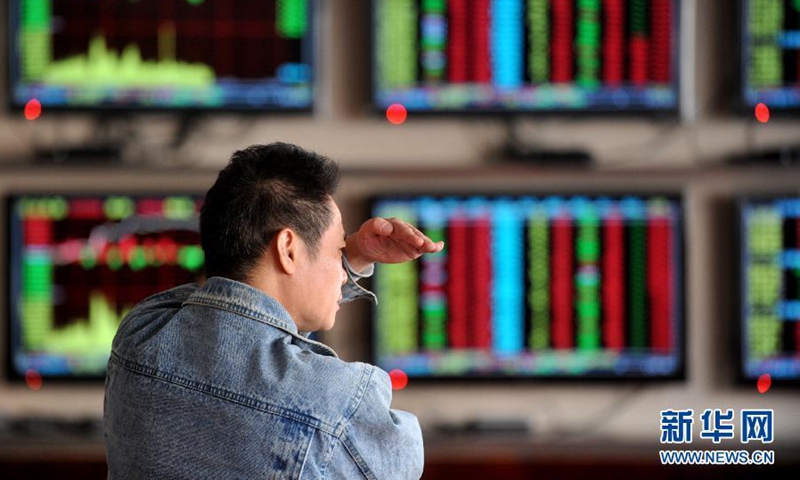China’s GEM market expands stock fluctuation limit to 20%
Source:Global Times Published: 2020/6/13 18:09:30

Stock market photo: Xinhua
China has deepened its reform on the growth enterprise market (GEM) in the Shenzhen Stock Exchange by allowing stocks to rise or fall by 20 percent, up from 10 percent.
The latest move is aimed at providing more liquidity in the market, allowing for increased free trading in the capital market, and creating a more standardized and transparent trading system, according to Dong Dengxin, director of the Finance and Securities Institute at the Wuhan University of Science and Technology.
The move is also part of the registration-based IPO reform, under which the IPO application process will be simplified.
“The trading reform of the GEM board to allow stocks to rise and fall within a 20 percent range can make it costlier to manipulate stock prices,” Dong said. “It allows for a more transparent reflection on the value of the shares in the capital market, and it can protect smaller and individual investors.”
China has launched a series of reforms of its capital market to push for a better environment for issuance, listing, information disclosure and trading. The registration-based IPO reform was introduced in April to ChiNext, the Nasdaq-style board on the Shenzhen Stock Exchange, which removes the requirement that listing candidates must have no losses in the current period.
The GEM board’s reform is largely the same as the ChinNext has undergone, Dong said. The registration process includes a review by the exchange and registration with the China Securities Regulatory Commission.
“The ultimate goal is to scrap all trading limits to allow stocks to be traded freely, as they are on the Hong Kong Stock Exchange and stock exchanges in the US,” Dong said.
China’s A-share market currently allows share prices to only swing 10 percent on a trading day.
Global Times
Posted in: ECONOMY